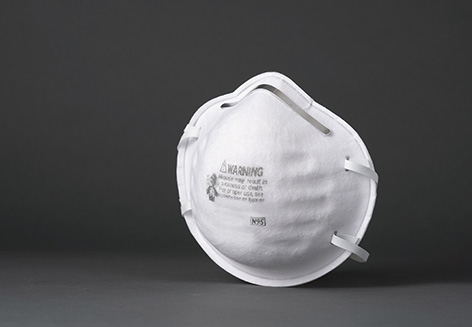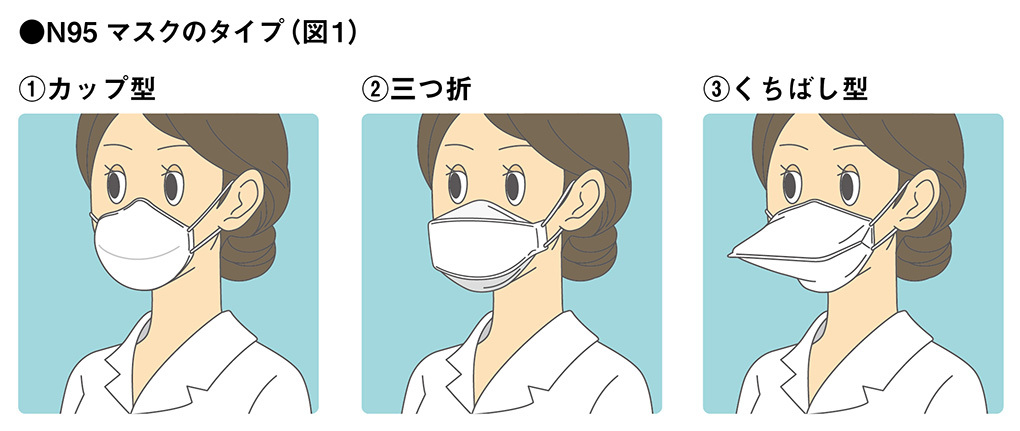
Release date: 2021.07.02
It is known that the new coronavirus has a high risk of being infected by contact, as well as by microparticles "aerosols" containing the virus that float in the air from the mouth and nose of an infected person. N95 masks are widely used to protect However, even if the N95 mask is of good quality, it will not prevent infection if it is not worn properly. Think about how to use it properly.
The N95 standard is a standard for respiratory protective equipment established by the US National Institute for Occupational Safety and Health. N stands for "no oil resistance". 95 means that the collection efficiency of sodium chloride with a diameter of 0.3 μm or more is 95% or more. In other words, N95 masks can collect pathogens attached to droplet nuclei with a diameter of 5 μm or less and prevent them from entering the wearer's lungs. Pathogens with a diameter of 5 μm or less that are of concern for airborne transmission include Mycobacterium tuberculosis, measles, and varicella virus.
According to the Ministry of Health, Labor and Welfare, the use of N95 masks in corona medical settings is recommended "when performing procedures that generate aerosols" (endotracheal suction, endotracheal intubation, lower respiratory tract specimen collection, etc.).
When using an N95 mask, it is necessary to wear it correctly. N95 masks are roughly divided into cup-shaped, tri-fold, and beak-shaped (Fig. 1), and it is important to select the N95 mask that fits your face shape.

A qualitative fit test is one way to determine if a mask is properly applied (Figure 2). This test can determine leaks due to mask size mismatch or imperfect fit, and is useful in ensuring the safety of staff in healthcare settings. In the United States, it is mandatory to conduct a fit test once a year.
The fit test begins with fitting the N95 respirator properly (Figure 1). In that state, the animal is covered with a hood, and saccharin or other substances that can sense the taste are aerosolized and sprayed into the hood. Then take a deep breath, move your face up and down, left and right, and open your mouth wide to speak. If you feel the taste in any of the movements, you will think that there is a gap between the N95 mask and your face, and it will not fit.
The fit test is to see if the mask fits your face, but it is necessary to perform a user seal check each time you wear it to see if it is actually worn properly. This ensures a proper seal of the mask each time it is put on. Specifically, cover the mask completely with both hands and exhale slowly (Figure 3). At that time, if you feel that air is leaking from between the N95 mask and your face, you will know that the seal is not sufficient. Correct the position of the mask again and adjust the elastic cord.

Compared to other countries, Japan is still not fully aware of the need for fit tests and user seal checks when wearing N95 masks. It is hoped that it will spread widely, including in terms of education.
MEDIUS Group is developing a business centered on the sale of medical equipment. We (Medical + us) involved in medical care also want to play the role of an information source (Media) that delivers useful information for the medical field and people's healthy tomorrow.